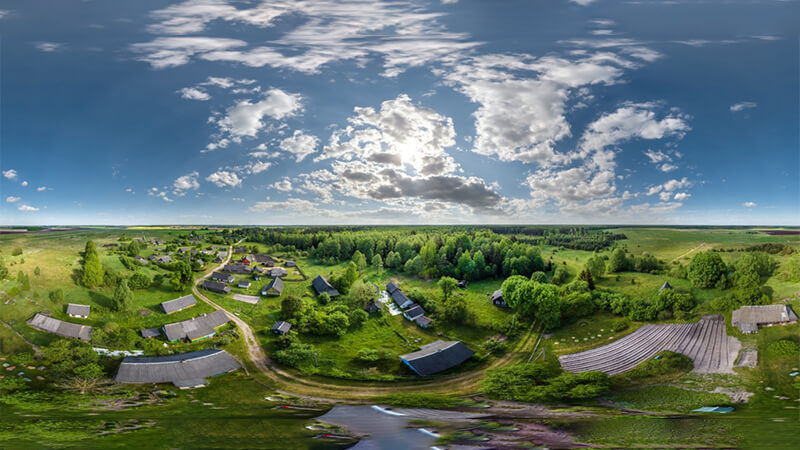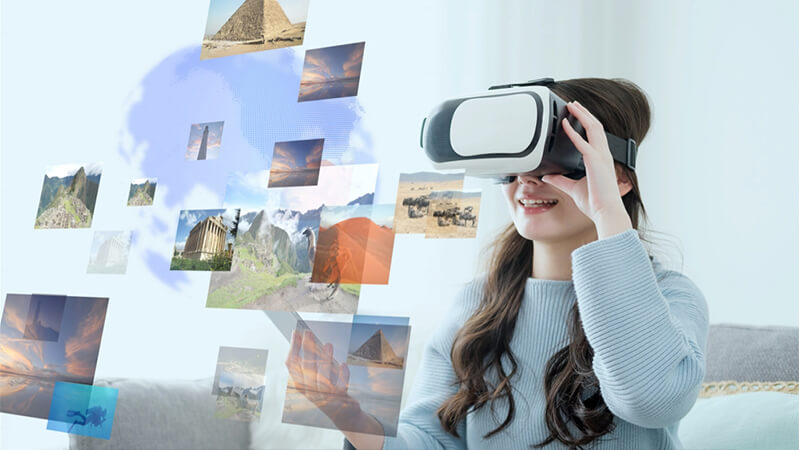If I told you that you could tour the Louvre, climb the Himalayas, and walk on the moon, all in a single day, you might think it’s a scene from a science fiction novel. However, with advancements in Augmented Reality (AR) and Virtual Reality (VR), this kind of immersive exploration is becoming a reality. These technologies have the potential to revolutionize the way we travel and explore, adding a whole new dimension to our experiences.
The tourism industry, like many others, is at the precipice of this digital transformation. With AR/VR, tourists can engage with their surroundings in unprecedented ways. Imagine strolling through ancient Rome, AR glasses on, seeing the city as it was in its glory days. Or perhaps standing in a museum, a VR headset transporting you back in time to witness the events depicted in the paintings around you.
AR and VR offer more than just immersive experiences; they provide accessibility. Travel can be expensive, time-consuming, and for some, physically challenging. With VR, the wonders of the world become accessible to everyone, regardless of their circumstances. Classrooms can take field trips to the pyramids of Egypt or the Great Barrier Reef. People with mobility issues can trek through rainforests or scale mountains. The possibilities are endless.
However, as with any new technology, there are challenges to overcome. While AR/VR can offer incredible experiences, it’s essential to remember that they are not a replacement for real-world travel. Nothing can truly replicate the smell of a Parisian bakery or the feeling of sand between your toes on a Caribbean beach. It’s important to find a balance, utilizing AR/VR as a tool to enhance, not replace, our physical explorations.
Moreover, the issue of digital divide comes into play. While AR/VR technology is becoming more accessible, it is still not available to everyone. Bridging this gap is vital to prevent a disparity in who can benefit from these experiences.
As we embrace AR/VR in tourism, we must do so responsibly. It’s crucial to ensure these experiences are respectful and authentic representations of cultures and environments. We must avoid the risk of turning meaningful experiences into mere gimmicks or overlooking the impacts on local communities and ecosystems.
AR/VR in tourism presents an exciting opportunity to redefine what it means to explore. It’s a chance to make travel more inclusive, engaging, and sustainable. As we navigate this new landscape, it’s essential to do so with our eyes wide open to both the opportunities and challenges, with a clear goal in mind: to enrich our collective human experience through deeper understanding, appreciation, and connection with the world around us.
The world is full of wonders waiting to be explored, whether physically or virtually. So, let’s strap on our AR glasses or VR headsets and embark on this incredible journey together. Stay tuned for more conversations as we delve further into the fascinating world of AR/VR from our human-centric lens.



